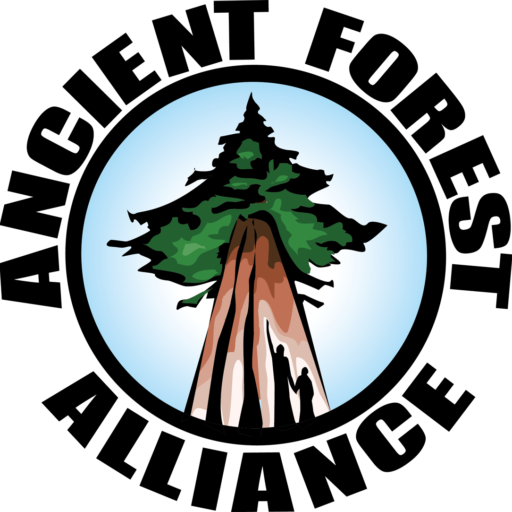Tree-Climbers Scale to the top of “Big Lonely Doug,” Canada’s 2nd Largest Douglas-fir Tree, to highlight BC’s Endangered Old-Growth Forests
“Big Lonely Doug”, the recently found, second-largest Douglas-fir tree in Canada, has been scaled by a team of professional tree-climbers. The climbers with the Arboreal Collective are collaborating with the Ancient Forest Alliance, a BC-based conservation organization, to highlight, research, and document the largest old-growth trees and grandest groves in British Columbia. Big Lonely Doug stands alone in a 2012 clearcut, hence its name.
